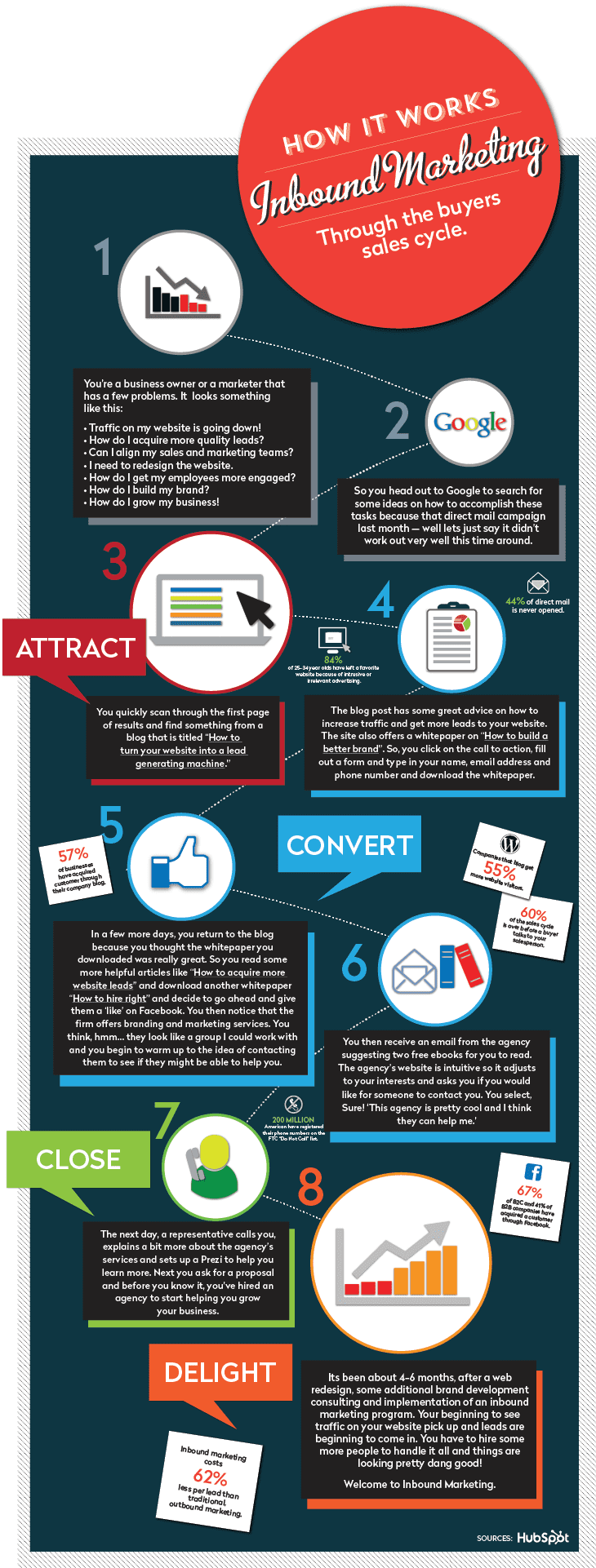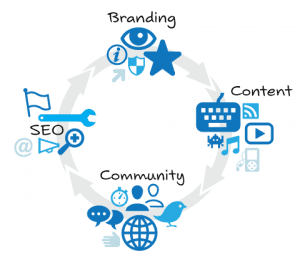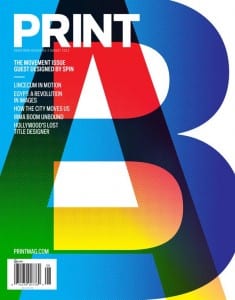
You know what graphic design is…kinda, but we bet you didn’t know these 9 secrets on how important of a role that designer or design agency plays in your ability to grow your business and maximize your marketing…
1. Graphic design is about adding value.
Graphic design is the process of visual communication that combines ideas, imagery and text to convey information to an audience to invoke an action and add value.
2. Design is part of your everyday life.
From the food you eat to the t-shirt on your back – design plays a major role in helping you decide what best fulfills your needs, wants and lifestyle choices.
3. Design attracts customers.
Graphic design is a necessity in business because it serves as one of the most important communication vehicles to deliver your brand, product or service to your customers – the other being verbal.
4. Design gives you the power of visual persuasion.
Graphic design allows you to persuade, announce, sell, invite, demonstrate and inform visually via a website design, package design, logo design, poster design, business cards or brochures. Graphic design legitimizes your offering as a professional organization and aids in the building of your brand for long-term profitability and success.
5. CTA’s are dependent on design.
Graphic design provides the credibility and trust factor for the all to important ‘call-to-action’. Examples include: like, follow, buy now, on sale, call today, register, learn more, available here, vote for me, visit www… or add to cart. These phrases are the basis for inbound marketing and profitability online. Without the proper design standards, conventions and methods implemented by an experienced designer or agency, you hang your online objectives on the precipice of mediocrity or failure.
 6. You are not a designer.
6. You are not a designer.
Today, anyone with a computer can type out a business card, design an advertisement or build a website. You – yourself, may have probably used some fluorescent paper and a blue marker to draw out a garage sale sign. But it takes the talent, experience, training and knowledge of a professional designer to truly achieve what design is intended to do — add value that initiates an action.
I believe design’s greatest virtue is that it adds value in the form of credibility and trust. These two factors, combined with the creativity and resources of a professional designer or agency along with an integrated marketing plan (PR, advertisement, promotions, etc.) are the foundations of causing any buyer initially in the sales cycle to consider your product or service seriously for purchase.
7. Sometimes, creativity is not a good thing.
Creativity is measured in the capacity and talent of a designer to take shape, color, form, style, imagery and type and transcend those design elements into original, progressive ideas that give the viewer or audience something they have never seen before. Creativity also can influence the purchase decision by causing the viewer to feel enjoyment or satisfaction when encountering a piece of communication. In design, creativity is often restrained to ensure accuracy in communicating with the desired target audience. It can also be repressed by the product or service owner’s idea of how best to present itself. These dynamics determine the level of “punch” of any creative execution.
8. Graphic design is about problem-solving.
One of the best ways to solve a problem in business or product development is through the design process. A good designer relies not only on the dominant right side of their brain for creativity, but also the left side to distill and simplify complex communication problems, visual explanations, methods, applications, diagrams and architectures to solve problems to help others understand what you’re trying to communicate.
9. Graphic design is a very important tool in today’s business world to grab attention.
From an early age we have learned through seeing pictures, symbols and reading words. Graphic design is the way organizations teach their customers about their products and services which makes business grow. As our society and culture steps deeper into the digital milieu of social media, texting, smartphones and content overload, it will be designs’ job to cut through the clutter and grab the worlds attention in new ways.
In conclusion, next time when you (CEO, CMO or business owner) think graphic design is just pretty words and pictures, take a step back and appreciate the skill, talent and genius of the people who solve your communication problems, make your brand, business or success look good.


















 As a marketer or business owner you’ve most likely at one point purchased an ad in the yellow pages, local magazine, radio, tried direct mail or maybe even shot a 30 second spot. These forms of advertising commonly known as “push” marketing or “outbound” marketing has been the gold standard for advertising since the 1950s.
As a marketer or business owner you’ve most likely at one point purchased an ad in the yellow pages, local magazine, radio, tried direct mail or maybe even shot a 30 second spot. These forms of advertising commonly known as “push” marketing or “outbound” marketing has been the gold standard for advertising since the 1950s. 






 The second example of a company that does this well is
The second example of a company that does this well is 






